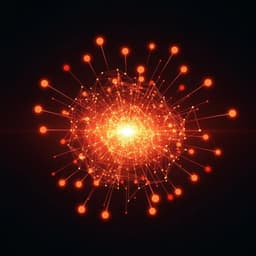
Biology
From resonance to chaos by modulating spatiotemporal patterns through a synthetic optogenetic oscillator
J. H. Park, G. Holló, et al.
This fascinating research conducted by Jung Hun Park, Gábor Holló, and Yolanda Schaerli investigates the intricate dynamics of a synthetic optogenetic oscillator in *Escherichia coli*, revealing remarkable spatiotemporal patterns and behaviors like synchronization and chaos through periodic light pulses.
Playback language: English
Related Publications
Explore these studies to deepen your understanding of the subject.







